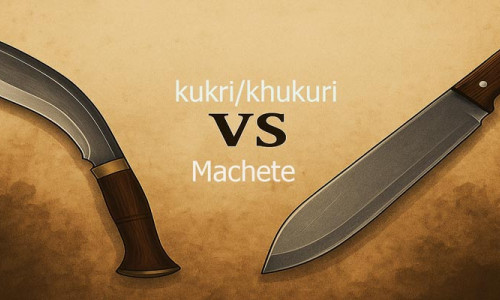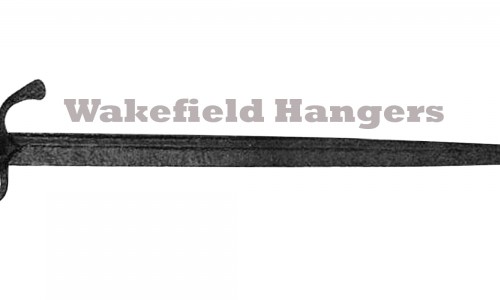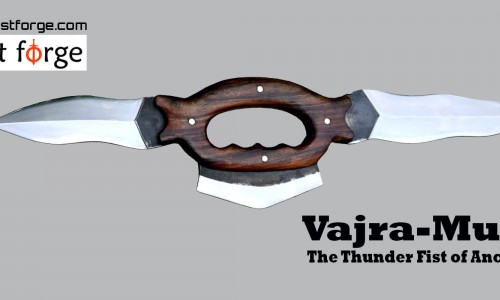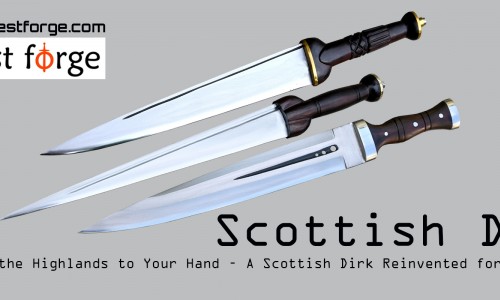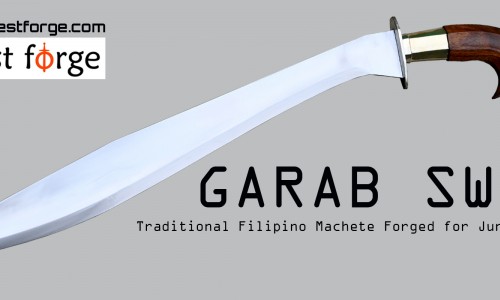This category is dedicated to exploring the rich history and legacy of edged weapons from around the world. Here you’ll find in-depth stories and articles about traditional blades such as the Nepalese kukri (khukuri), swords, daggers, machetes, bowie knives, and other iconic forged weapons. Learn about their origins, cultural significance, battlefield use, and the evolution of their design over centuries. Whether it’s the legendary role of the Gurkha kukri, the rise of the bowie knife in frontier America, or the global influence of forged swords and machetes, we aim to preserve and share the stories behind these powerful tools of survival, honor, and craftsmanship. At Everest Forge, we not only handcraft these blades in Nepal but also honor the traditions and techniques passed down through generations of blacksmiths. Join us in uncovering the timeless world of hand-forged edged weapons.
-
Our Products
-
Sword
- Historical Sword
- Fantasy sword
- Xiphos sword
- Kopis Sword
- Viking & Medieval Swords
- Scimitar Swords
- Roman Gladius Sword
- Movie Swords
- Khopesh Sword
- La Tène -Celtic Sword
- Degen Medieval Swords
- Seax sword
- Celtic Leaf Swords
- Bronze Age Swords
- African swords
- Nepalese Swords & Talwars
- Single Edge Swords
- Custom Forged Swords
-
Kukri/Khukuri
- Current Issue Military Khukuri/Kukri
- Historical Replica Khukuri/Kukri
- Working Khukuri & Kukri
- Traditional kukris-khukuris
- Everest Forge Signature Kukri/khukuri
- Small EDC Kukri/Khukuri
- Kukri/Khukuri Swords-long Narrow Blades
- Etched & Engraved khukuri/kukris
- Chirra Kukri/Khukuri – Fullered Blades
- Large Blade Kukri/Khukuri – 15"and Beyond
- Hybrid Kukri/Khukuri – Combat, Utility & Survival Blades
- Dagger
- Machetes
- Bowie knives
- Forged Knives
- Rambo-series-knives
- Spear
- Chef and Kitchen knives
- Axe and kama
-
Sword
-
About Us
- Our Story | The Beginning of Everest Forge
- Our Craftsmanship | The Art of Hand-Forged Blades
- Meet the Maker | Hephaestus at Everest Forge
- Why Choose Us? | Quality Blades, Master Craftsmanship
- Our Process | From Sketch to 5-Star Reviews
- Our Values & Vision | Forging Legacy for Legends
- Forging the Future | Supporting Blacksmiths
- Request Custom Forge
- Blogs
- Contact


